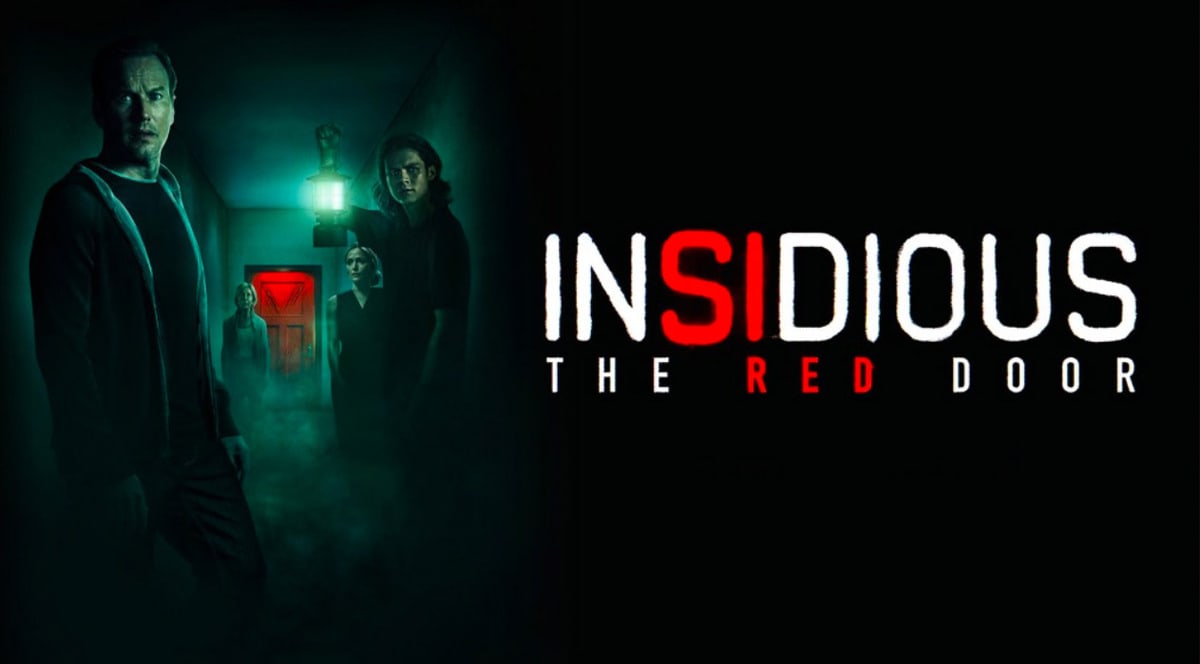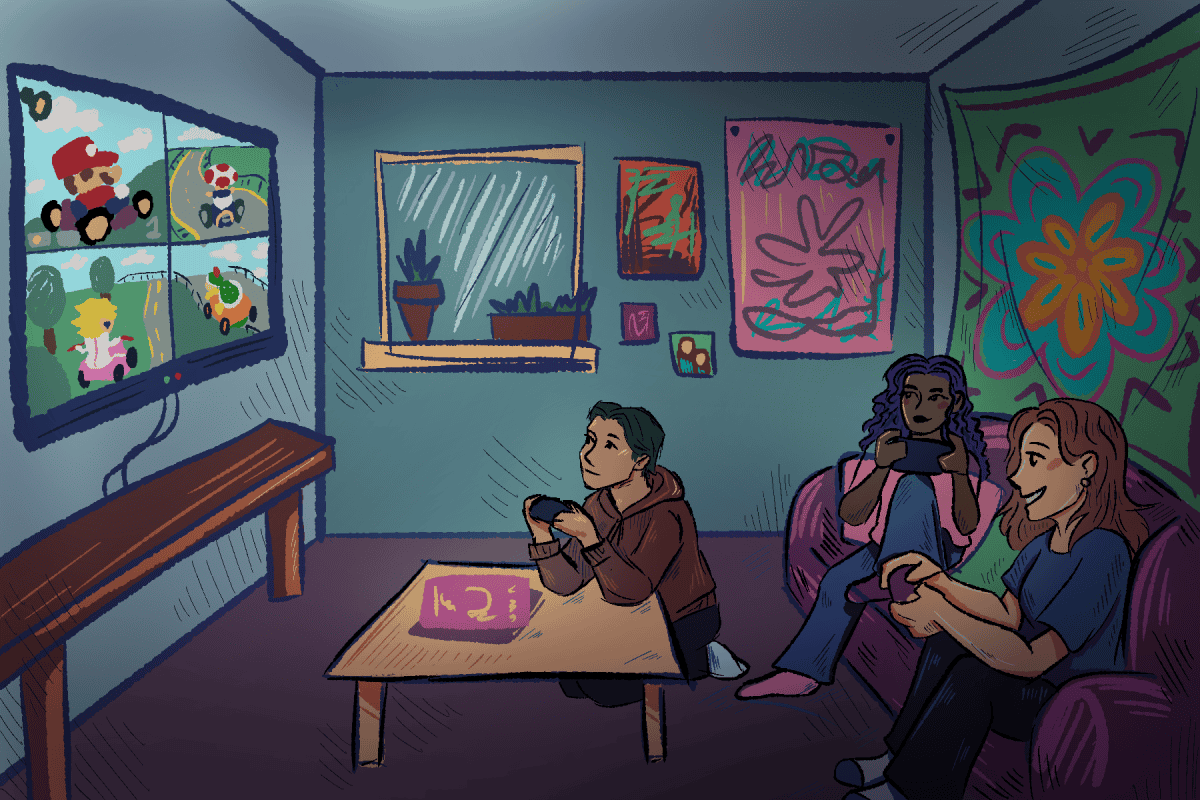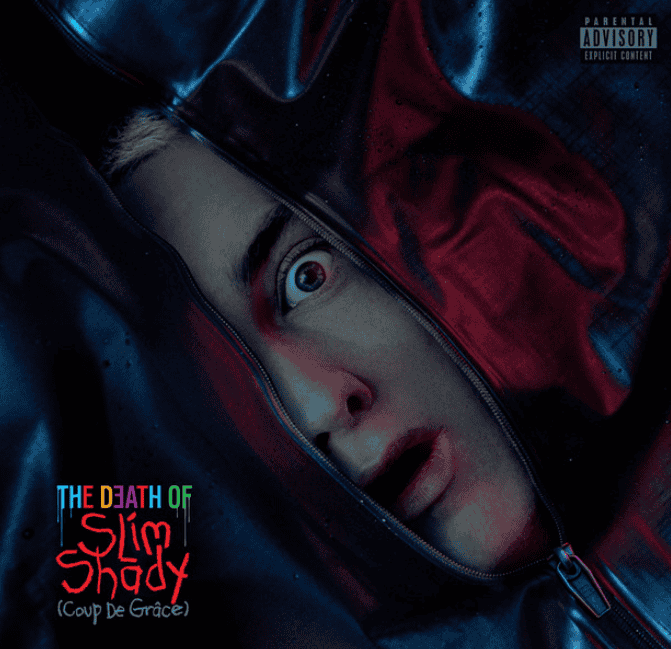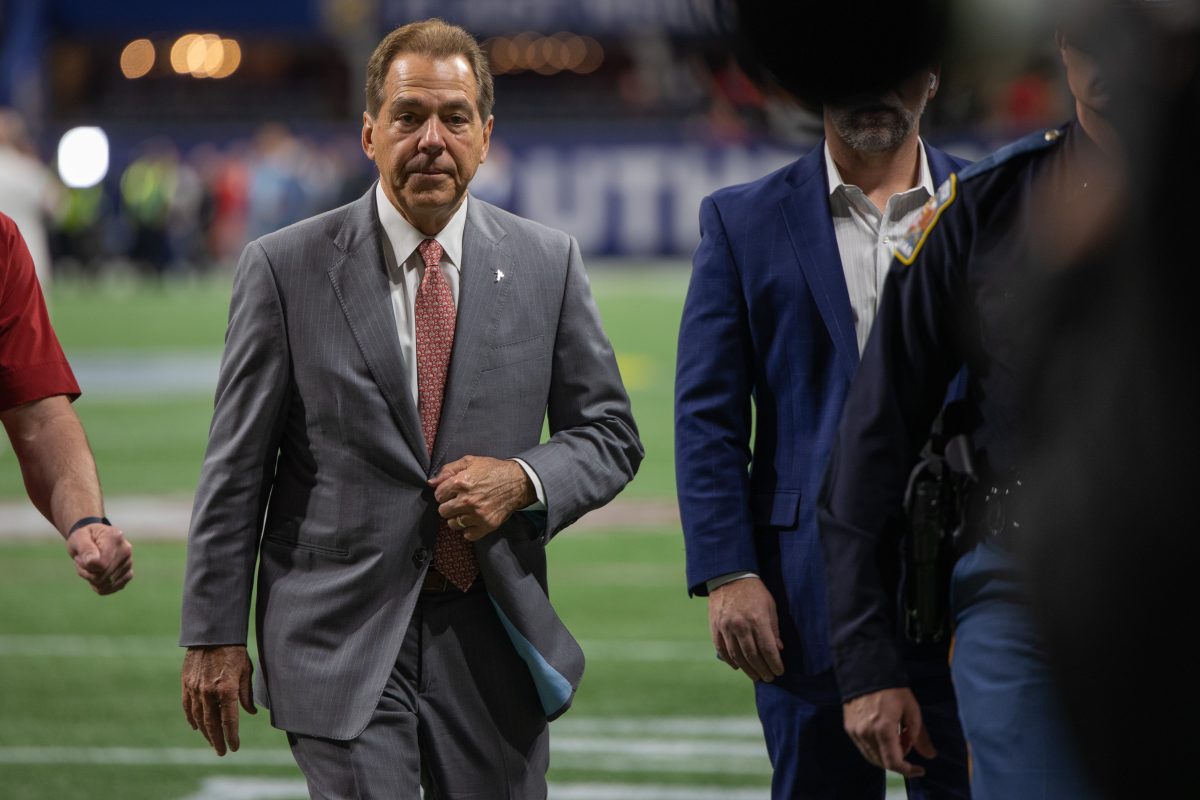Less than a week after “Insidious: The Red Door” hit theaters, the entertainment website Bloody Disgusting released an interview with director Patrick Wilson detailing the array of thought processes and passions that went into crafting the film. It is an endearing conversation featuring a first-time director geeking out over all his project’s technical tidbits and behind-the-scenes stories.
Wilson is an accredited actor who has led or supported a wide variety of films and franchises, most notably as the mainstay protagonist Ed Warren in the “Conjuring” universe. It makes criticizing “The Red Door,” about which he is so passionate, a disheartening endeavor.
That being said, integrity outweighs enjoyment when it comes to film criticism. While the interview proves Wilson has passion for his job, his movie makes it clear that he is indeed a first-time director.
Critical reception has hit the nail on the head. “The Red Door” has opened to a 38% critics’ rating on Rotten Tomatoes, a 6/10 on IMDb and a 2.5/5 on Letterboxd. It is the second-lowest Rotten Tomatoes score in the five-film series, a stat that, while not saying much — the highest score is a meager 66% for the first “Insidious,” in 2010 — spotlights its many shortcomings.
This newest release returns to the Lambert family, who have been out of focus in the two prequels released since “Insidious: Chapter 2.” Dalton, once a helpless young victim of demonic possession, is now a brooding college freshman. Josh, the once honorable father and hero of the story, is a shell of his former self after the death of his mother. The Lambert family, who once found solace in being together, has been divided by a divorce.
The relationship between Josh and Dalton, who are the supernatural foci of the previous films, has been strained. At the request of mother and ex-wife Renai, after the traumatic events of “Chapter 2,” the two have undergone memory suppression treatment that erases their recollection of the entire year in which the first two films took place. As such, they are totally altered beings. They spend much of the movie trying to rediscover themselves, grasping at vague memories and slowly repairing a relationship that has had its closest bonds forcefully forgotten.
It’s easy to see that Wilson, wielding the power of narrative control, wanted to explore the depths of his character, his character’s son and their relationship. Conceptually, it sounds promising; in execution, however, it is extremely underwhelming.
Their early arguments are poorly written, featuring dialogue akin to a Disney Channel show, and their later resolution is rushed, pushed forward with little organic development. There is almost zero satisfaction when they are at last brought back together.
The Josh-Dalton dynamic is the story’s foundation, which means that the plot line’s deficiencies seep into every other aspect of the movie. The supporting characters, whether new faces or familiar ones, feel stale and unimportant. Callbacks to previous movies seem more obligatory than gratifying.
Furthermore, the technical components of “The Red Door” do it no favors. Its cinematography is unattractive, using odd angles to frame boring scenery. There are one or two decent frights, but they are the exceptions among a slew of dry, cookie-cutter jump scares that one can see coming from miles away. The movie relies on these jump scares to live up to its horror classification, and thanks to their distinct lack of scariness, it ends up more like a thriller, and a subpar one at that.
There are many more small things that make the viewer — especially one with a keen eye, who knows sloppy filmmaking when they see it — scratch their head in wonder or even groan. Be that as it may, going over every one would be like a boxer continuing to kick and punch his opponent after he’s down and out.
While there are a couple of moments where Wilson’s vision for this possible series finale shines through, it is an overall disappointing effort. There’s not much to get excited about. Even after a fairly brisk hour-and-a-half runtime, one is still left questioning whether the time and price of admission were worth it.













